
by logisticsplus | Sep 27, 2021 | News
 Last week, the Logistics Plus Antwerp, Belgium employees gathered for a small team-building night. The team enjoyed a nice dinner and night at the bowling alley after work. As a growing office in the Logistics Plus global network, it was great for the employees to better get to know each other. Our employees in Antwerp speak six languages (Dutch, German, French, English, Russian, and Chinese) and have more than 20 years of experience in freight forwarding.
Last week, the Logistics Plus Antwerp, Belgium employees gathered for a small team-building night. The team enjoyed a nice dinner and night at the bowling alley after work. As a growing office in the Logistics Plus global network, it was great for the employees to better get to know each other. Our employees in Antwerp speak six languages (Dutch, German, French, English, Russian, and Chinese) and have more than 20 years of experience in freight forwarding.
Rudy Claes, General Manager of Logistics Plus Belgium, said, “The Antwerp team continues our strive for growth and service to our customers. When working in such a fast-paced environment, it’s important for the team to slow down and enjoy each other’s company once in a while. It was great to throw some pressure away while aiming at the pins.”
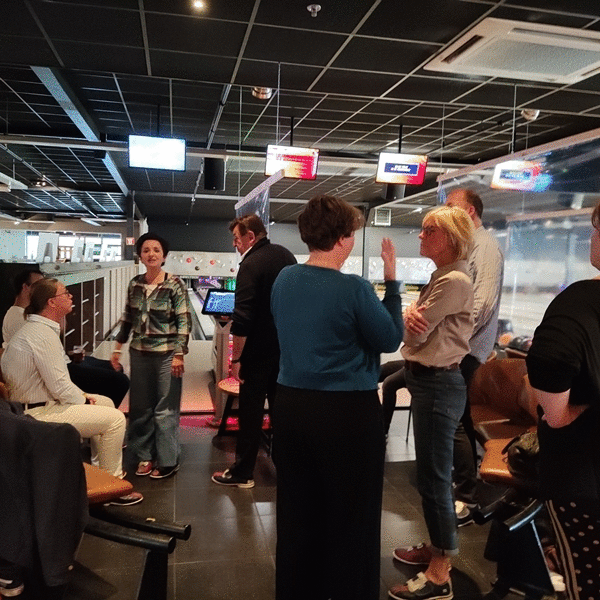

If you’re located in Antwerp or any other surrounding community, your friends at Logistics Plus are ready to provide you with local, domestic, and global transportation and logistics services.

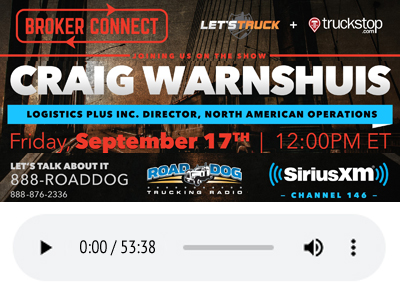
by logisticsplus | Sep 27, 2021 | News
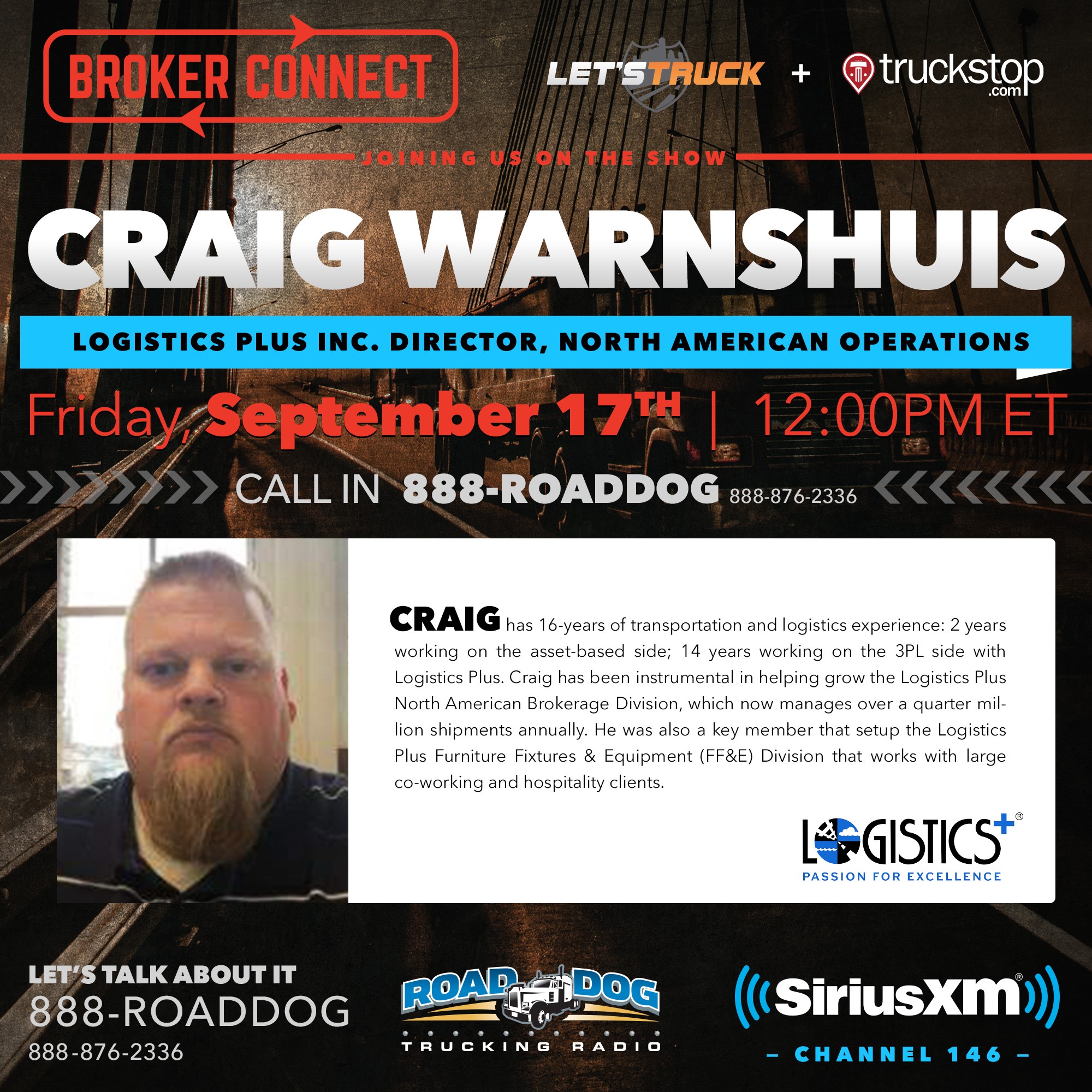 Logistics Plus Director of North American Operations, Craig Warnshuis, was a recent guest on the Broker Connect segment of Trucking Business & Beyond on SiriusXM’s Road Dog Trucking Radio. Trucking Business & Beyond is hosted by Kevin Rutherford with Brent Hutto, Chief Relationship Officer at Truckstop.com, as a co-host for the Broker Connect segment. The radio interview was arranged in cooperation with the Transportation Intermediaries Association (TIA). The original interview aired live on September 17, 2021, at noon, but you can listen to a replay of the entire segment below.
Logistics Plus Director of North American Operations, Craig Warnshuis, was a recent guest on the Broker Connect segment of Trucking Business & Beyond on SiriusXM’s Road Dog Trucking Radio. Trucking Business & Beyond is hosted by Kevin Rutherford with Brent Hutto, Chief Relationship Officer at Truckstop.com, as a co-host for the Broker Connect segment. The radio interview was arranged in cooperation with the Transportation Intermediaries Association (TIA). The original interview aired live on September 17, 2021, at noon, but you can listen to a replay of the entire segment below.

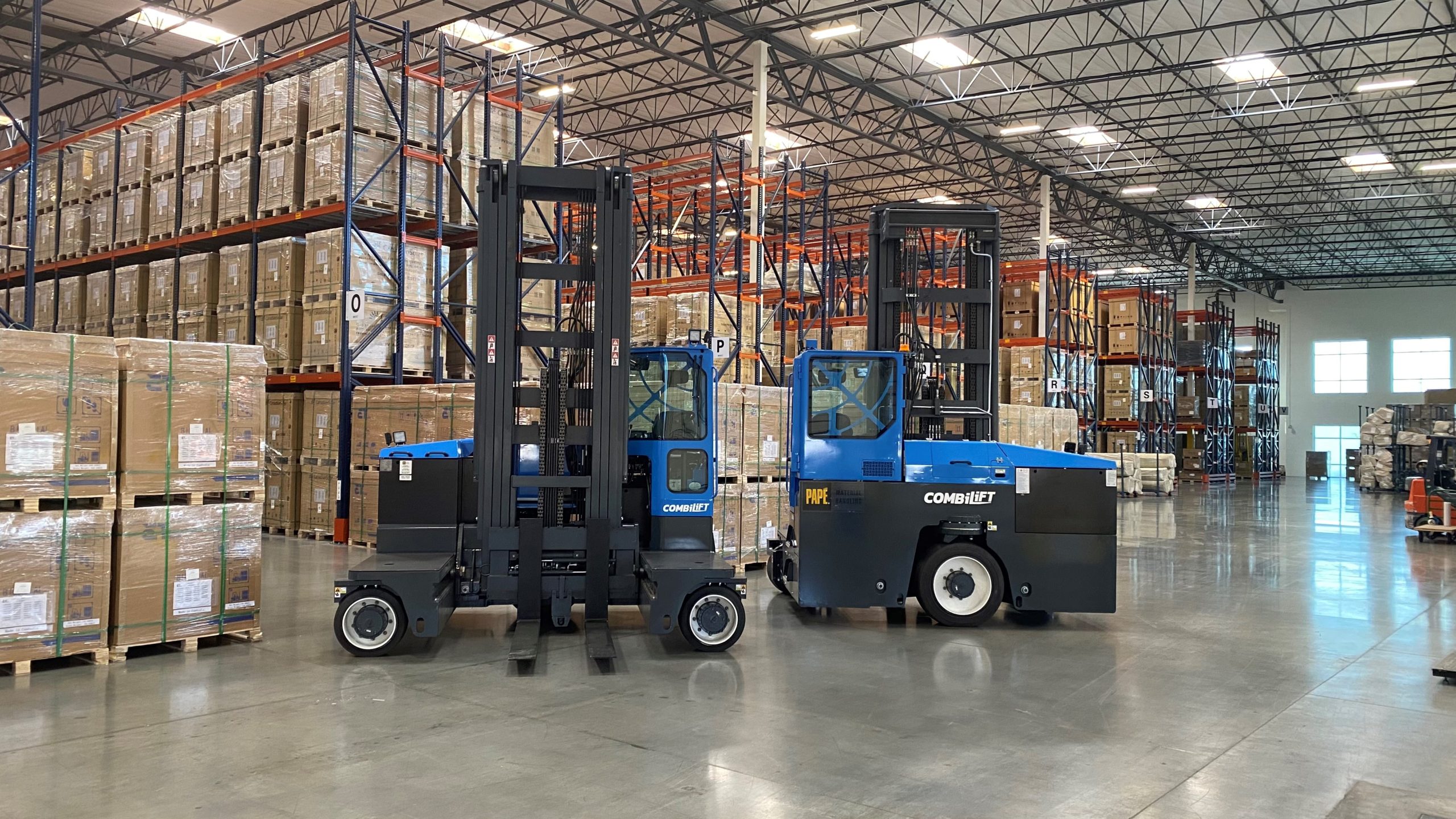
by logisticsplus | Sep 23, 2021 | News
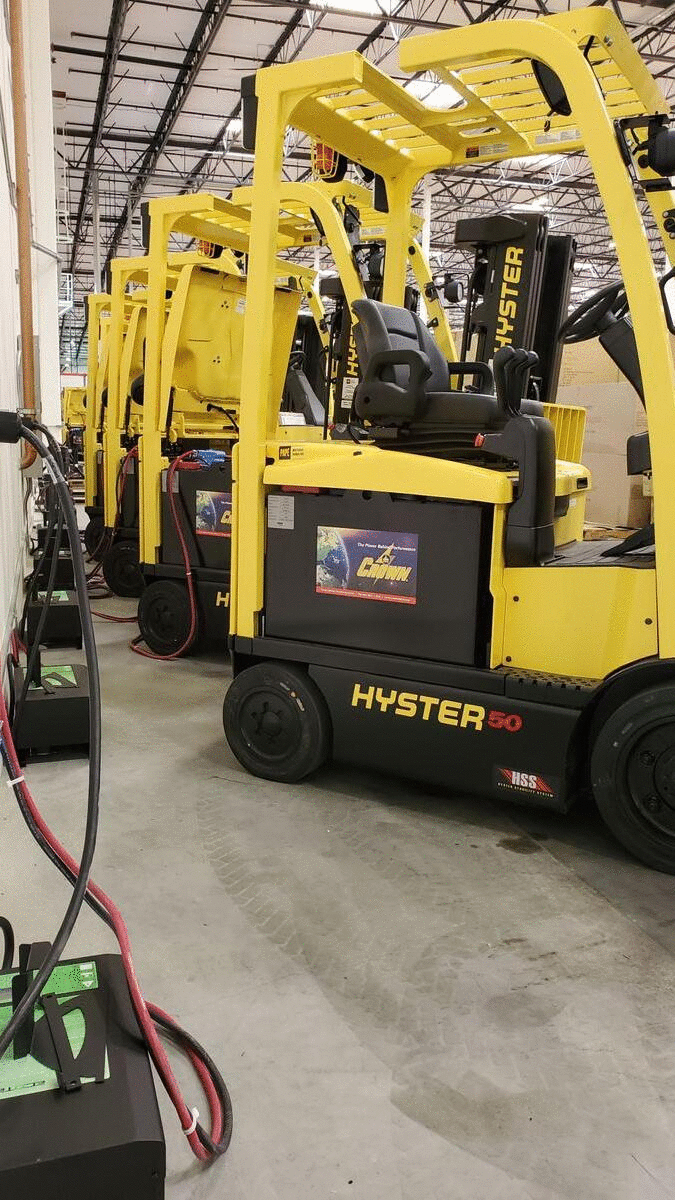
(New material handling equipment purchased by LP)
Material handling equipment is any tool used to aid in the movement, protection, storage, and control of materials and products. Without the proper equipment and systems in place, your company is more likely to damage products or fall behind in productivity. By knowing more about material handling equipment, you can better equip your warehouse or distribution center with the proper equipment and systems for your company’s needs.
The 4 Categories of Material Handling Equipment
1) Storage and Handling Equipment
This equipment category is self-explanatory. Storage and handling equipment is used to hold materials while they aren’t being used. The material commonly stored on this type of equipment is usually waiting to enter the production cycle or waiting to be transported. Here are some of the most common pieces of storage and handling equipment:
- Drawers, bins, and shelves: These are the most basic storage items commonly used to store smaller materials in an organized manner.
- Racks: Racks help companies store materials in accessible locations, and they save floor space.
- Stacking Frames: These are interlocking units that enable materials to get stacked without being crushed.
2) Bulk Handling Equipment
Bulk handling equipment refers to equipment that transports, stores, and controls bulk materials. This type of equipment is generally used to move and store materials in a loose form. Common examples of this type of equipment include:
- Stackers: Like forklifts, stackers help lift and stack heavy loads on the dock or in the warehouse.
- Reclaimers: These are large machines used to recover bulk materials from a stockpile.
- Bucket elevators: These elevators (also known as grain legs) assist with hauling bulk materials vertically.
- Silos: Silos are towers that hold materials. Materials that are typically stored in silos include grain, woodchips, coal, and sawdust.
3) Industrial Trucks
Industrial trucks are essential for warehouses and distribution centers. These powered trucks, such as forklifts, move large quantities of materials around the manufacturing floor. They are also utilized to load or unload heavy objects onto delivery trucks efficiently.
- Hand trucks: Hand trucks (also called dollies) are a simple piece of equipment designed to give operators the leverage they need to move heavy materials to new locations.
- Sideloaders: Sideloaders are built to fit in narrow aisles. They pick up items from different directions, making them ideal when a warehouse has aisles close together.
- Pallet trucks: Otherwise known as forklifts, pallet trucks are machines operators use to lift heavy pallets. The forks slip under the pallet, lift it, and secure it as the operator takes it to a new location.
4) Automated Systems
Automated or engineered systems refer to automated material handling equipment made to help transport and store materials. Rather than a single piece of equipment, an automated system is generally made out of several units. Here are some examples of automated systems:
- Conveyor systems: Automated conveyor systems carry heavy materials to specified destinations using belts, flexible chains, or live rollers. It is highly efficient equipment to move large volumes of material quickly.
- Automated guided vehicles: These vehicles are mobile robots that follow specific markers or wires in the floor to move large materials around a manufacturing facility or warehouse. Vision, magnets, or lasers can be used as methods for AGV navigation.
- Robotic delivery systems: Robotic delivery systems transport goods and materials around a facility. These systems usually help move goods along an assembly line.
New Material Handling Equipment Incorporated by Logistics Plus
The Logistics Plus warehouse teams are in the process of upgrading our warehouse handling equipment (as shown in the slideshow above). For example, our Chino, CA warehouse has purchased several electric forklifts as part of our environmental and sustainability initiatives. We also purchased uniquely efficient Combilifts to meet the needs of our growing solar business. These specialized lifts help us get heavy solar products on high racks within a limited space. Our Chicago, IL warehouse purchased new Aisle Master units specially designed to work in narrow aisle rack configurations.
With the help of proper material handling equipment, you can ensure your products are stored safely and appropriately. If you’re searching for a warehousing and distribution partner you can trust, contact Logistics Plus today. We have the equipment and resources needed to take your business to the next level.

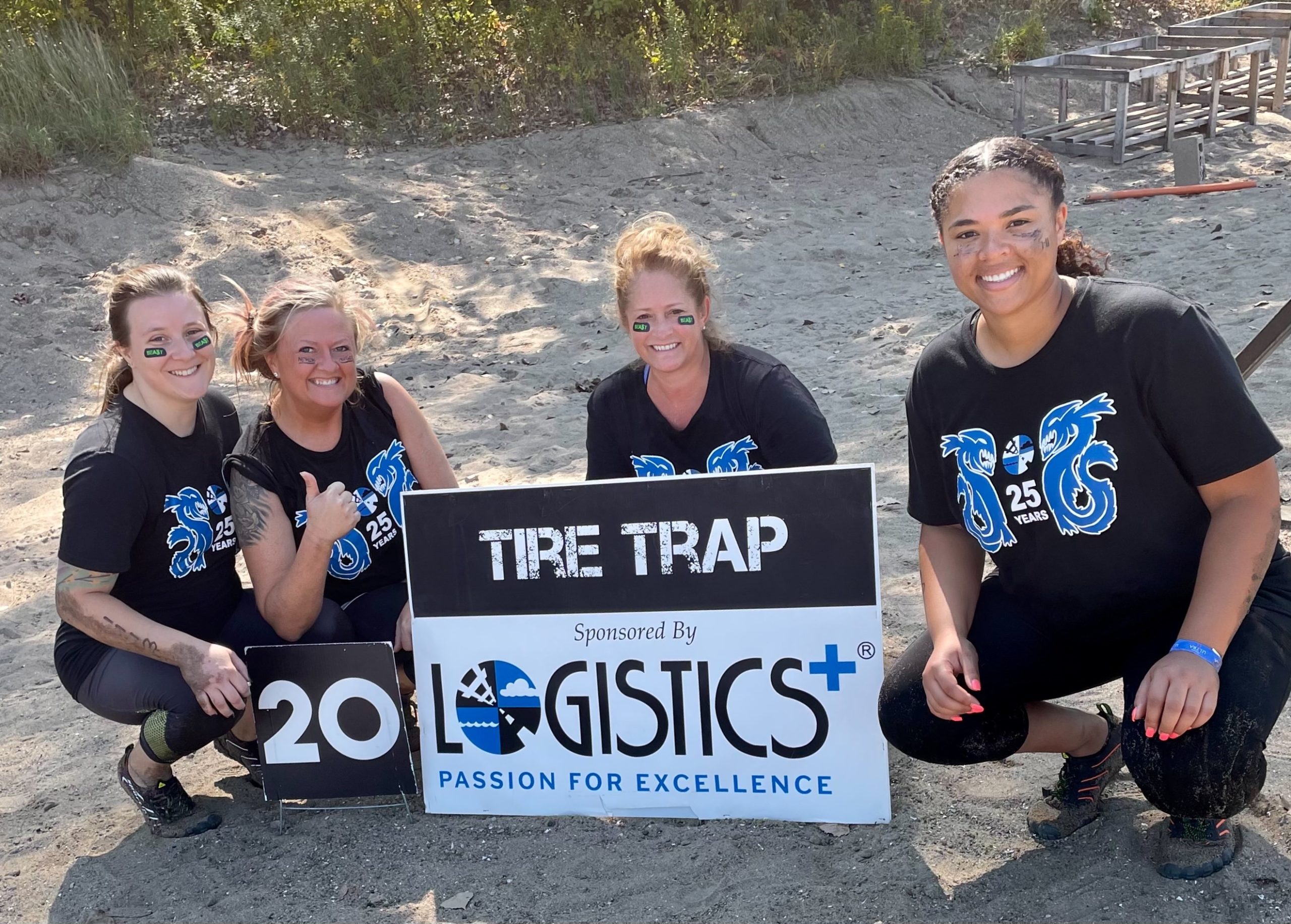
by logisticsplus | Sep 21, 2021 | News
 On Saturday, September 11th, fifteen (15) Logistics Plus employees participated in, and conquered, the 2021 Barber Beast on the Bay! LP’s Ryan McGregor even finished in the top 25 of all timed runners with a net time of just under two hours (A 43-minute improvement over his last Beast on the Bay time)!
On Saturday, September 11th, fifteen (15) Logistics Plus employees participated in, and conquered, the 2021 Barber Beast on the Bay! LP’s Ryan McGregor even finished in the top 25 of all timed runners with a net time of just under two hours (A 43-minute improvement over his last Beast on the Bay time)!
The Beast on the Bay is a challenging 10-mile race that features 30 obstacles in the sand, lake, swamp, and trails. Congratulations to everyone who participated and completed this challenging yet exciting course. Registration is now open for those looking forward to conquering the Beast on the Bay in 2022!
As the official medal sponsor for the event, Logistics Plus is proud to help support the Barber National Institute for its work in the Erie community. We look forward to continuing our sponsorship of this event moving forward.
About the Barber National Institute
The Barber National Institute is “making dreams come true.” We provide children and adults with autism, intellectual disabilities, and behavioral health challenges and their families the education, support, and resources needed to be self-reliant, independent, and valued members of their community. In addition, we provide the professionals who serve them with world-class education and training.
You can view event photos from the Logistics Plus Flickr Page in the slideshow below (click the right/left arrows):
![2021 Beast on the Bay]()
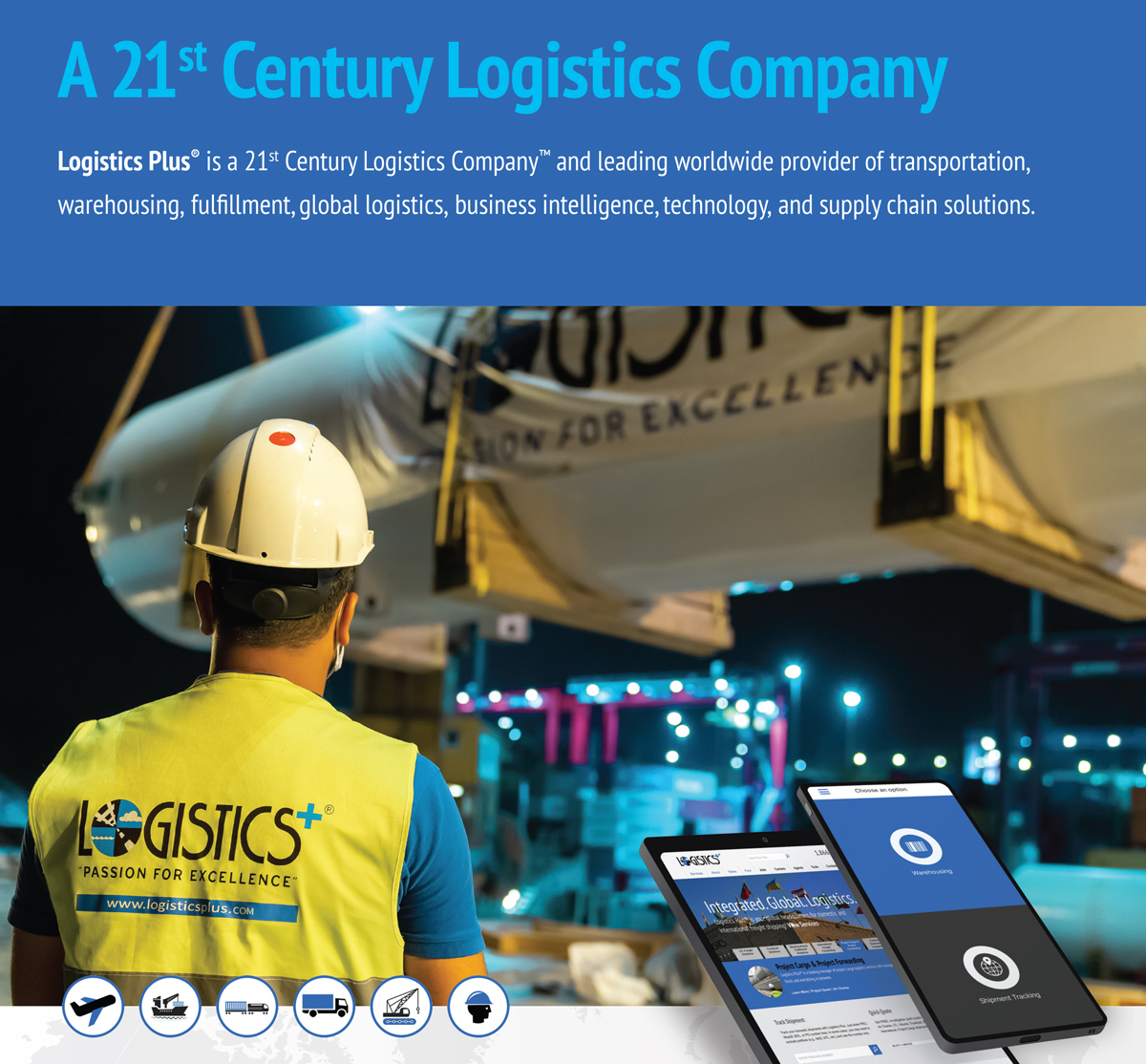
by logisticsplus | Sep 20, 2021 | News
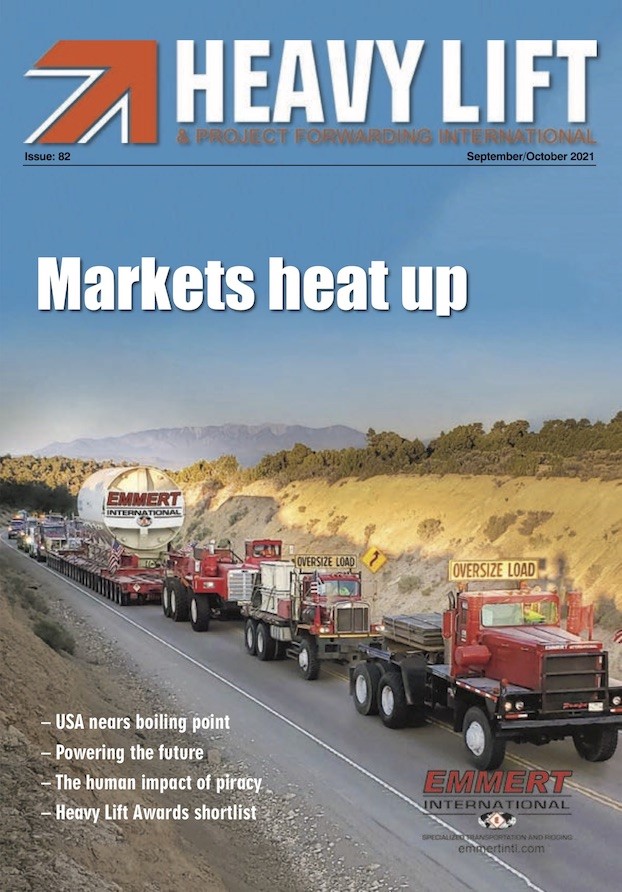 Logistics Plus is being featured in the September/October 2021 issue of Heavy Lift and Project Forwarding International (HLPFI) magazine. Rob Silsbee, Director Of Business Development for Logistics Plus, provides comments in the “Red Hot Market Stretches Logistics Providers” article on pages 31-32. Additionally, the Logistics Plus project cargo advertisement shown below appears on page 30. Logistics Plus has been prominently featured in the magazine throughout 2021 with both editorial and advertising content in the July/August, May/June, and January/February editions.
Logistics Plus is being featured in the September/October 2021 issue of Heavy Lift and Project Forwarding International (HLPFI) magazine. Rob Silsbee, Director Of Business Development for Logistics Plus, provides comments in the “Red Hot Market Stretches Logistics Providers” article on pages 31-32. Additionally, the Logistics Plus project cargo advertisement shown below appears on page 30. Logistics Plus has been prominently featured in the magazine throughout 2021 with both editorial and advertising content in the July/August, May/June, and January/February editions.
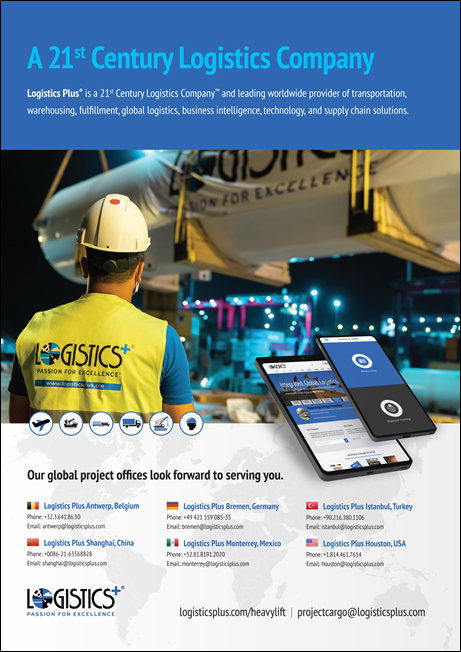

by logisticsplus | Sep 17, 2021 | News
 Logistics Plus Vice President, Specialized Transport & Project Cargo Matt Fielder was featured on the weekly Business Spotlight program from WPSE AM 1450/FM 107.1 Radio. Business Spotlight is a 30-minute program airing Fridays at noon. Each segment focuses on a business or organization that is making an impact across the region.
Logistics Plus Vice President, Specialized Transport & Project Cargo Matt Fielder was featured on the weekly Business Spotlight program from WPSE AM 1450/FM 107.1 Radio. Business Spotlight is a 30-minute program airing Fridays at noon. Each segment focuses on a business or organization that is making an impact across the region.
In this segment, Matt discusses his role with the company, the growth of the project cargo team, special projects the team has handled, and more. You can listen to a replay of the interview on the Logistics Plus Podcasts page or by clicking the audio link below.


 Last week, the Logistics Plus Antwerp, Belgium employees gathered for a small team-building night. The team enjoyed a nice dinner and night at the bowling alley after work. As a growing office in the Logistics Plus global network, it was great for the employees to better get to know each other. Our employees in Antwerp speak six languages (Dutch, German, French, English, Russian, and Chinese) and have more than 20 years of experience in freight forwarding.
Last week, the Logistics Plus Antwerp, Belgium employees gathered for a small team-building night. The team enjoyed a nice dinner and night at the bowling alley after work. As a growing office in the Logistics Plus global network, it was great for the employees to better get to know each other. Our employees in Antwerp speak six languages (Dutch, German, French, English, Russian, and Chinese) and have more than 20 years of experience in freight forwarding.
![]()













 Logistics Plus Vice President, Specialized Transport & Project Cargo
Logistics Plus Vice President, Specialized Transport & Project Cargo